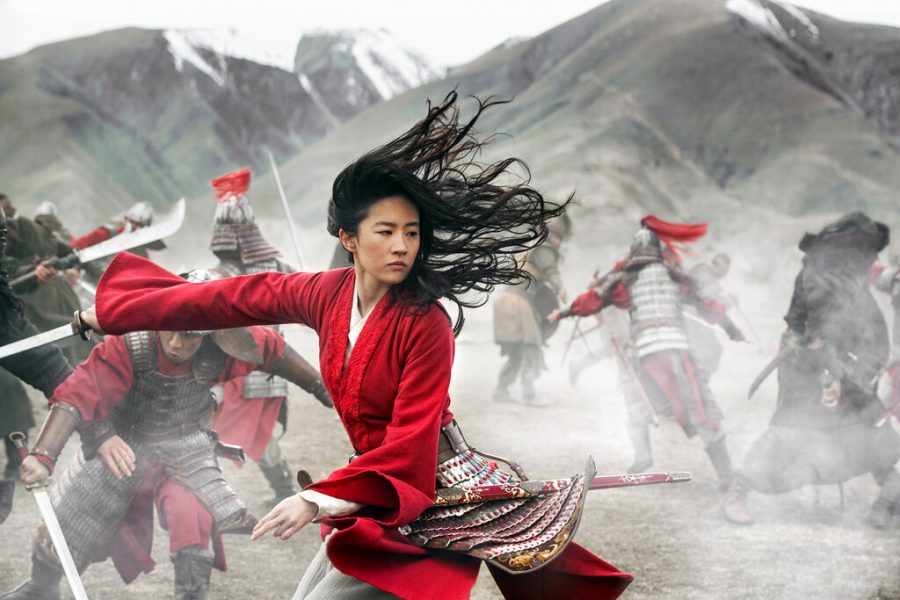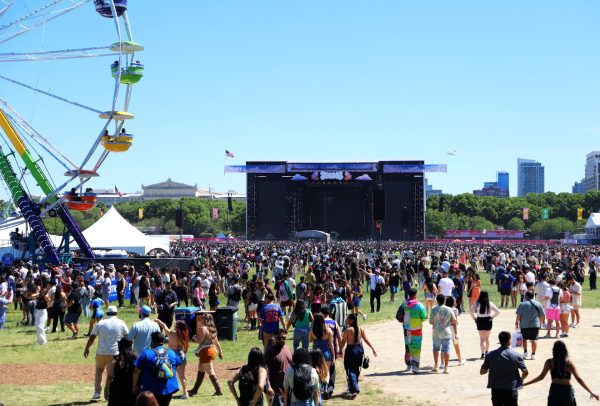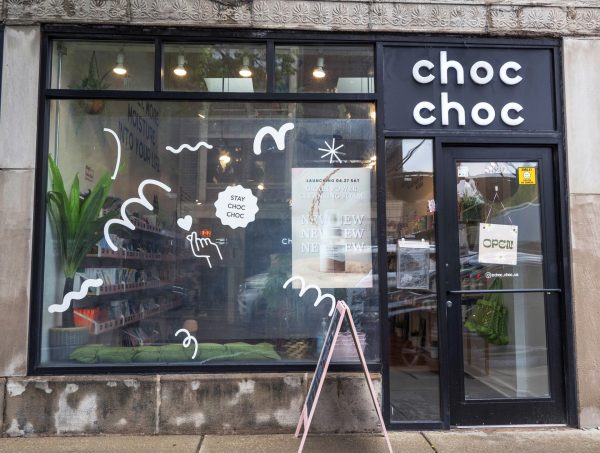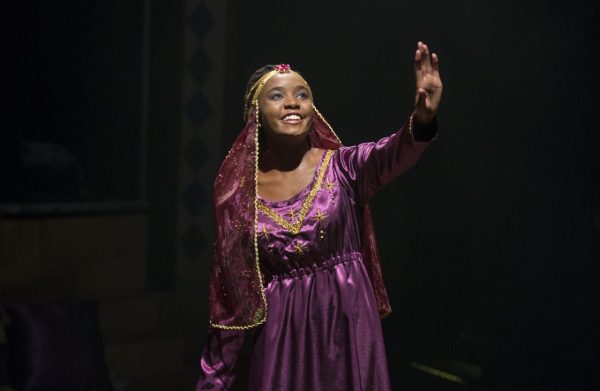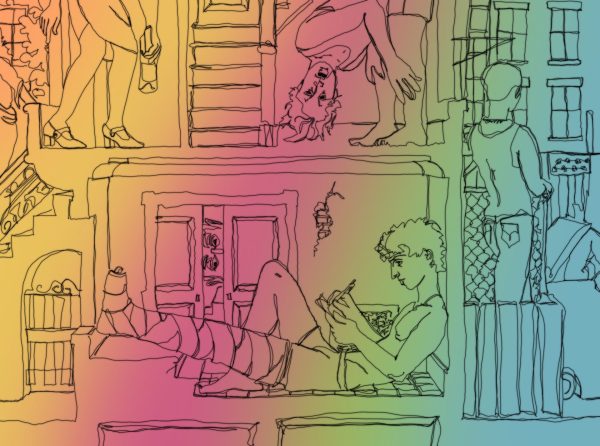Disney is remaking the wrong films
This image released by Disney shows Yifei Liu in the title role of “Mulan.” (Jasin Boland/Disney via AP)
Last week saw the slightly controversial release of another live-action remake of an animated Disney movie: “Mulan.” Once destined to make millions in global box office revenue, the film was initially pushed back and then eventually slated for a $30 pay-to-watch release on Disney+ due to worldwide theatre closures. Although many will stay away from the film entirely until it’s free to stream on Disney+ in December, there are still a lot of fans who’ve seen the film, and have said it isn’t worth shelling out the 30 bucks.
Although Rotten Tomatoes is hardly the end-all-be-all when it comes to whether or not a film is good, the film currently sits at a 53% audience score — which is considered “rotten.”
However, “Mulan” isn’t the only live-action Disney remake with a “rotten” score on the website. “Aladdin,” “The Lion King,” and “Lady and the Tramp” are just a few of the once-beloved Disney titles that have received poor critical (and fan) reviews after being remade into live-action. Even those that weren’t slammed, like “Beauty and the Beast,” weren’t certified fresh, meaning that in the eyes of the critics, they’re ‘so-so’ films. But why?
Every title listed above is a remake of a classic that is almost universally beloved, so shouldn’t remaking a film people already adore be a recipe for instant success? Disney certainly seems to think so, if a look at their upcoming slate (which includes a remake of 1989’s “The Little Mermaid” among many others) is any indication — but fan reception and critical acclaim tells a different story.
Time and time again, release after release, remakes of Disney renaissance films, which describes their films made from 1989-1999, are slammed by either critics, fans, or both, for being little more than a hollow corporate cash grab intent on milking fans’ nostalgia for all it’s worth. What boggles my mind, though, is that Disney has produced live-action remakes that are well-received across the board, but hasn’t continued more remakes along that route, and is instead attempting to remake every last animated film it produced in the ‘90s.
Though I mentioned the poor Rotten Tomatoes scores of Disney renaissance remakes, let’s take a look at those that scored on the higher end. The top three highest rated live action remakes are “The Jungle Book,” “Pete’s Dragon,” and “Cinderella.” What do those three films have in common? The original film they’re based on was released far before the Disney renaissance.
According to Statista.com, the age group that most frequently attends movies is the 25-39 age bracket (by a wide margin) and some quick math will tell you that’s the exact age range that would’ve been children when the aforementioned “Disney renaissance” films were first released. On paper, it would make sense for Disney to be churning out remakes of films that were popular during the biggest movie audience’s childhood years, but my crackpot theory is that this plan is backfiring.
Sure, remaking renaissance films is getting audiences in seats, but fans of the originals who are hoping to relive the joy of their childhoods are leaving disappointed, because no live-action remake could ever live up to the films they immortalized in their minds as children. When you know every little detail of Paige O’Hara’s vocal performance as Belle because you listened to it on a loop as a child, watching Emma Watson and her auto-tune trying to stumble through “Something There” makes your ears bleed. By remaking films that moviegoers already know by heart, Disney are setting themselves up for failure.
The solution? Stop remaking movies from that era — or even better, stop remaking popular Disney films. Of course, it sounds counterintuitive — the less popular a film was, the less audiences are going to want to see it — but bear with me here. While everyone knows the story of “Cinderella,” there isn’t that same protective, nostalgic childhood attachment. Where everyone knows Robin William’s performance as Genie in “Aladdin,” people weren’t up in arms about Ilene Woods’ legacy being tarnished or replaced when the live-action “Cinderella” was announced.
The relative distance of these films from audience’s minds means that there’s less of an expectation to live up to — “Cinderella” and “Jungle Book” are still well-known enough to have name recognition, but taking the nostalgia factor out of the equation allows the filmmakers to move with more creative freedom, and not have to worry about replacing or remaking a film that’s vividly remembered by so many as “perfect.” Even Beyoncé herself couldn’t save “The Lion King” from getting slammed, but nobody is getting their pitchforks ready because Guillermo del Toro is making a live-action “Pinocchio.”
The less beloved a Disney film is, the more room filmmakers have to play around and take creative risks — which is why we got “Maleficent,” a creatively ambitious film with a high audience score, instead of a beat-for-beat remake of “Sleeping Beauty.” So, instead of trying to capture the lighting-in-a-bottle magic of a film like “The Little Mermaid” or “Hercules,” Disney might consider opening up the vault and reinventing titles like “Bambi” and “Snow White.” Such classics have all the name recognition of the renaissance films, but none of the pesky nostalgia factors come with them, making them the perfect source material for critical, fan, and box office success.


